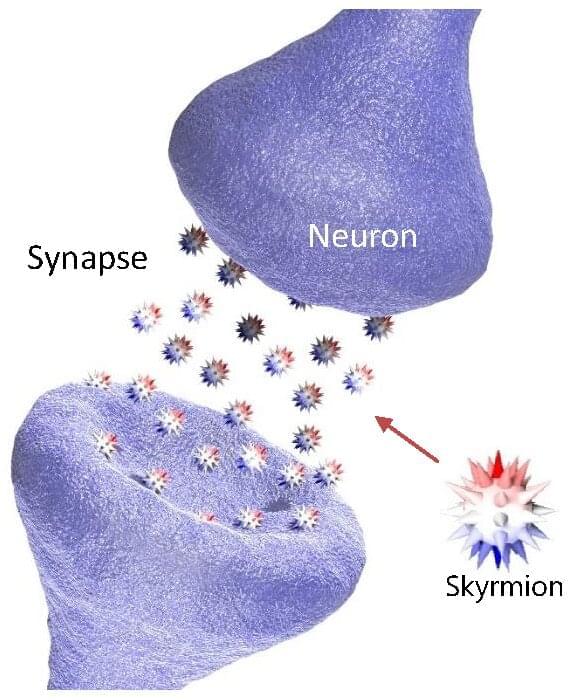Skyrmions are ultra-stable atomic objects first discovered in real materials in 2009, which have more recently also been found also to exist at room temperatures. These unique objects have a number of desirable properties, including a substantially small threshold voltage, nanoscale sizes and easy electrical manipulation.
While these properties could be advantageous for the creation of a wide range of electronics, developing functional all–electrical devices using skyrmions has so far proved to be very challenging. One possible application for skyrmions is in neuromorphic computing, which entails the creation of artificial structures that resemble those observed in the human brain.
With this in mind, researchers at the Korea Institute of Science and Technology (KIST) have recently investigated the possibility of using skyrmions to replicate mechanisms observed in the human brain. Their paper, published in Nature Electronics, shows that these ultra-stable atomic structures can be used to mimic some behaviors of biological synapses, which are junctions between neurons through which nerve impulses are passed on to different parts of the human brain.
